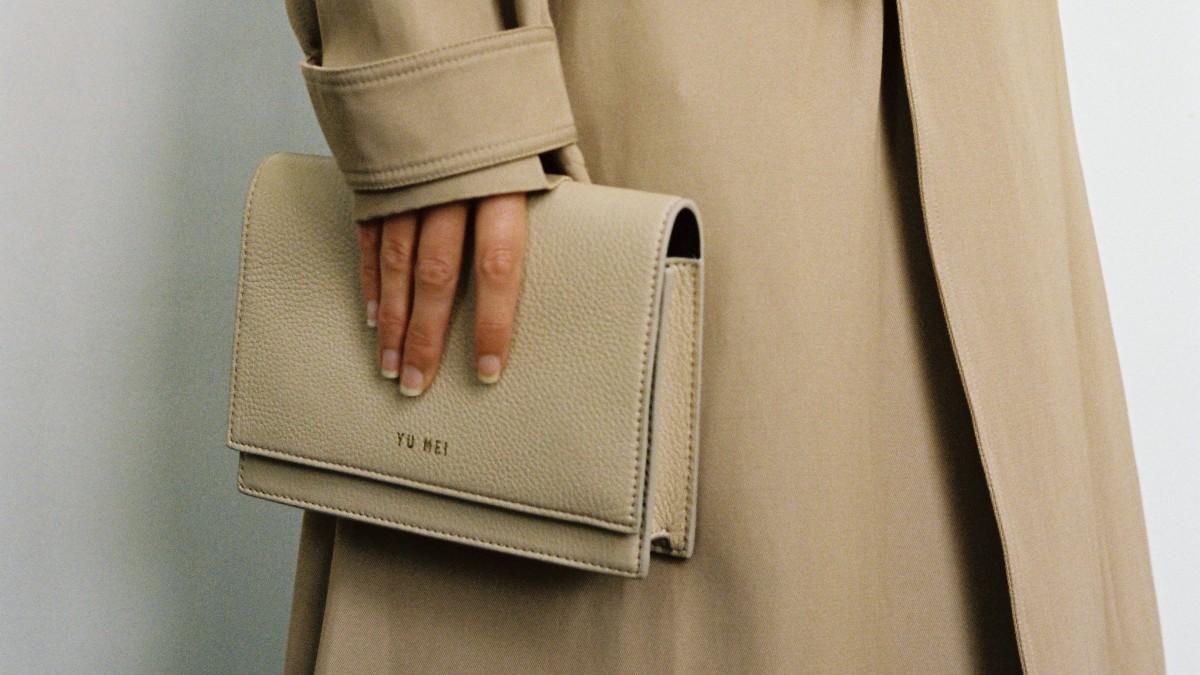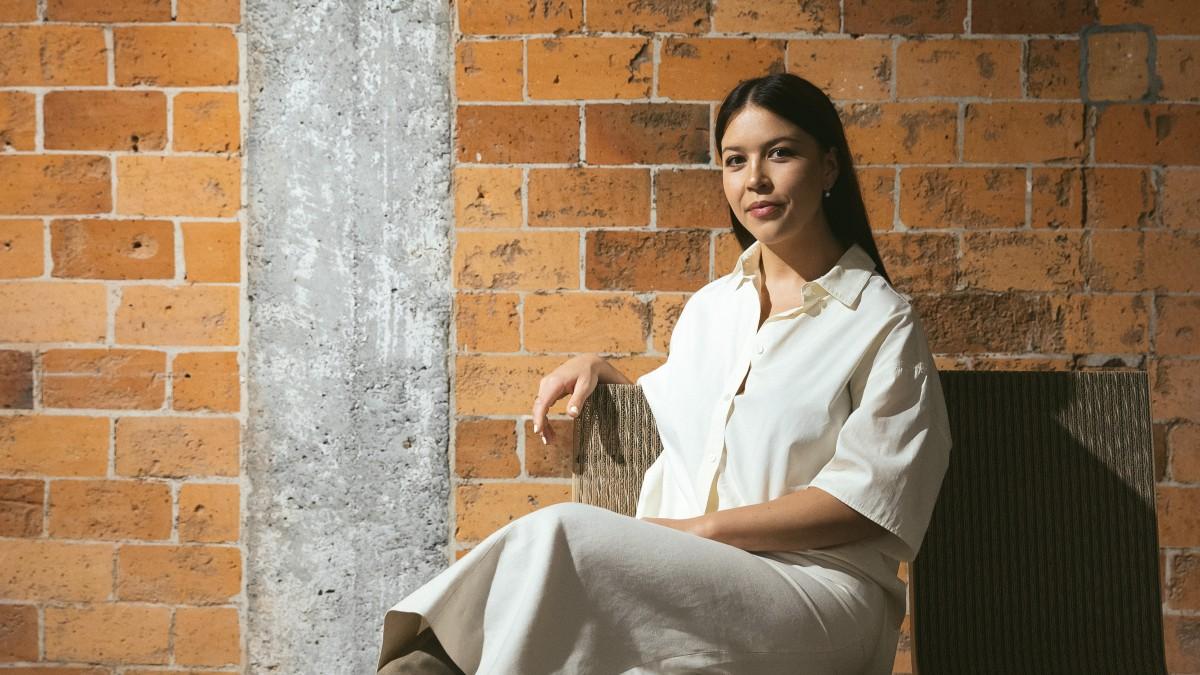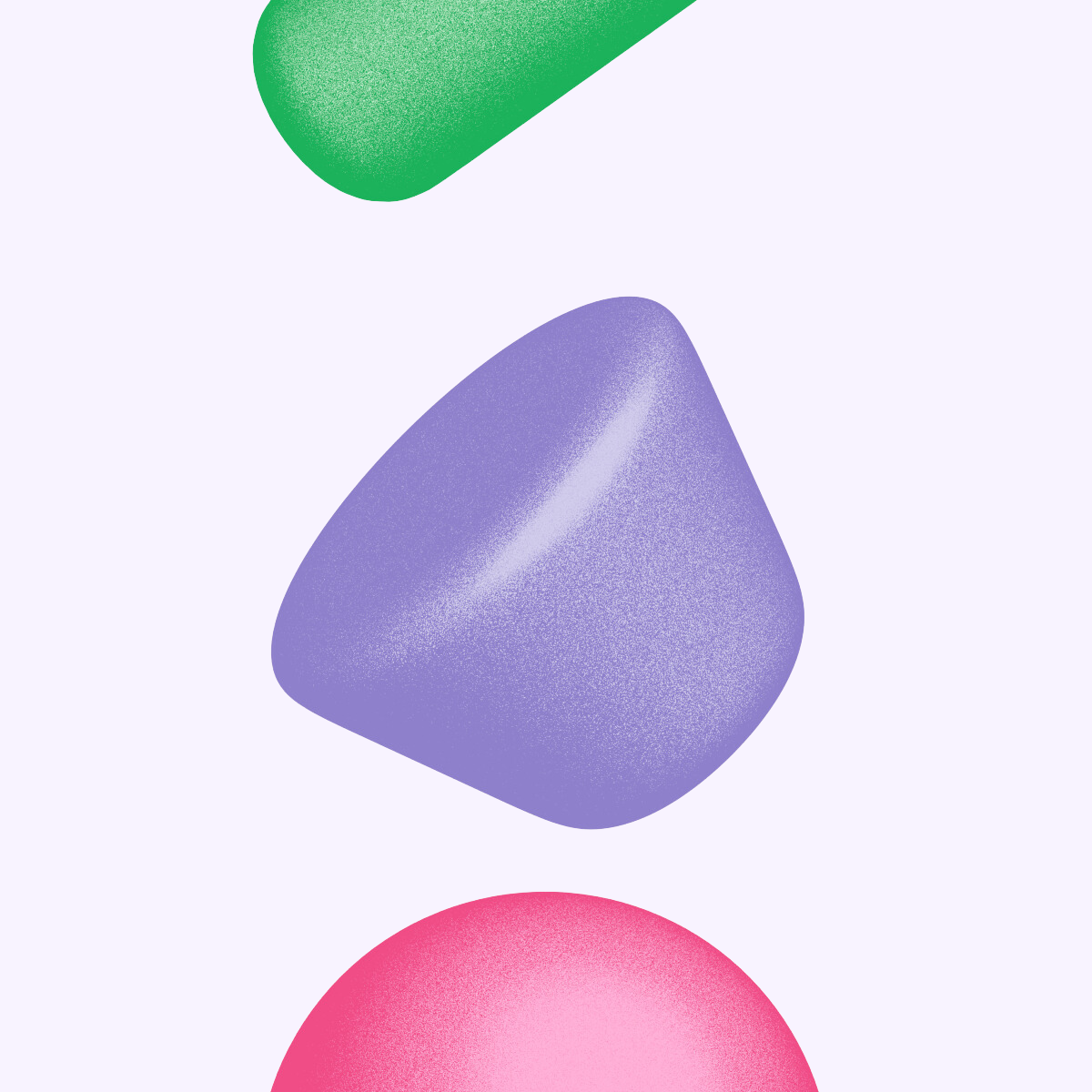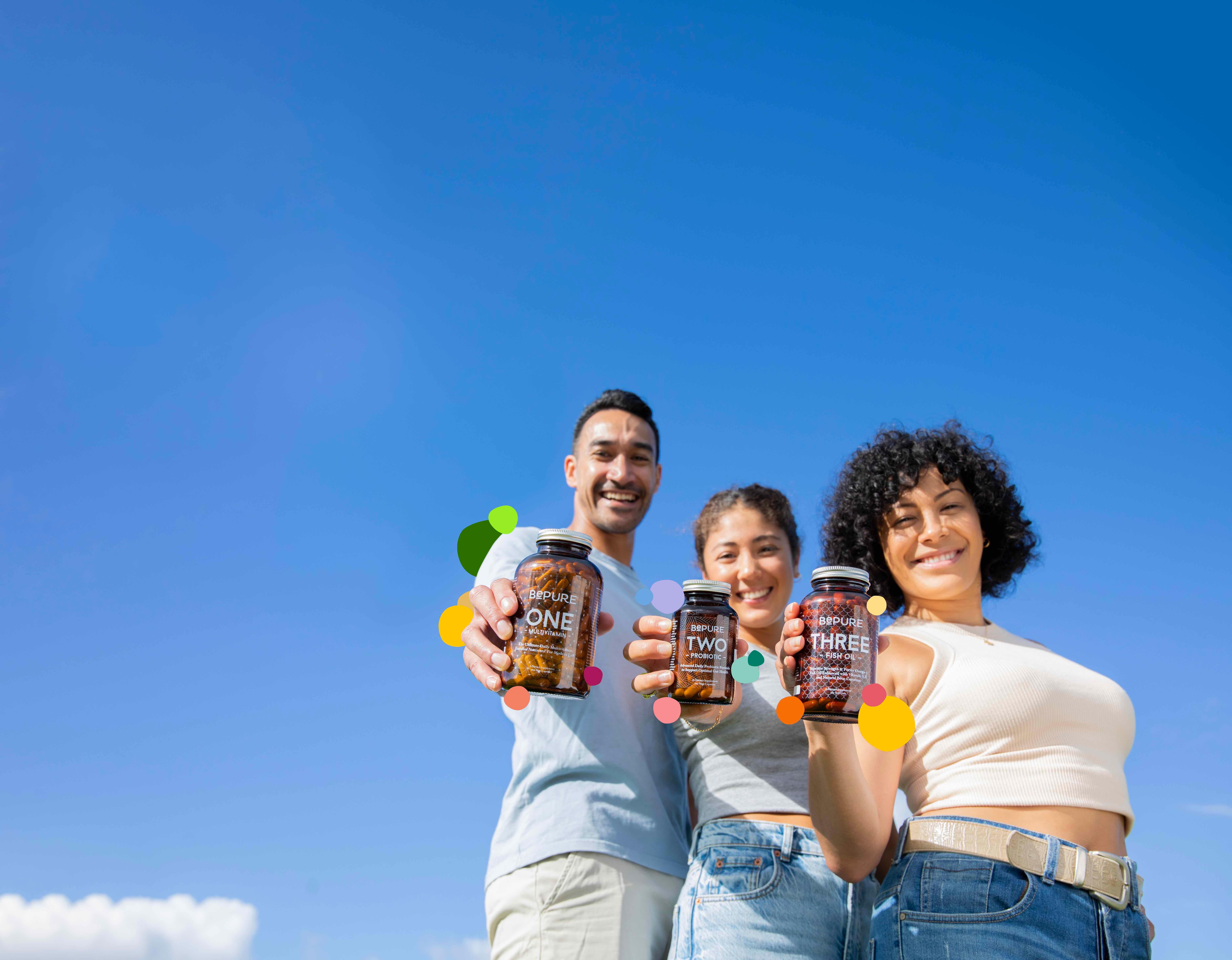Case study: Yu Mei, you a-mei-ze us – why brand is this label’s most valuable accessory

How do you take over the fashion world? With an impeccable product and faultless brand marketing. Luxury fashion brand Yu Mei, opens in new tab is a Kiwi success story taking Australasia by storm.
When Yu Mei launched in Australia, Tracksuit data tells us they doubled their awareness in the quarter following the launch - the only brand in their competitor set to have done so. They’re the brand in the hands of fashion forward young women, having seen the highest growth of awareness with Gen Zers among their competitors, and are associated with words like ‘quality’, ‘unique’ and ‘luxury’.
Here is an inside look at how brand tracking gave Yu Mei an edge.
Practical, but do it with style
Jessie Wong, Founder of Yu Mei, had a simple vision rooted in utmost practicality.
All she wanted was “a bag that would carry everything I needed in a day, which was my laptop, lunch box, phone charger, makeup bag, an A3 visual diary and the kitchen sink.” Nobody, Jessie says, was considering what a modern woman needed to carry in a day. A handbag designed to be both fashionable and functional turned out to be the creative formula that makes Yu Mei so unique.
Taking unlikely combinations of utility and aesthetic, as well as luxury and sustainability – Jessie is fiercely proud of Yu Mei’s regenerative supply chain, opens in new tab – make her understated luxury leather accessories surprising and different.
In 2024, Yu Mei achieved B Corp certification, opens in new tab, which solidifies the brand's commitment to the wellbeing of the planet, people and community. B Corp is internationally recognised as a verification of standards for accountability and transparency in social and environmental performance.
Add to this clever marketing, and Yu Mei has achieved the enviable result of simultaneously harnessing current demand and creating future demand. Now the brand is primed for to conquer the fashion world on both sides of the Tasman.

Sign up to Shorts
For fortnightly brand insights, stories and goodness that'll help you win (we promise).
A Trans-Tasman power move
Jessie is savvy about branding. As Yu Mei expands into Australia, she knows the strength of the brand will power the expansion.
She reveals that their biggest marketing budgets are going toward brand building in Australia at the moment. Their journey is supported by the human-centered digital marketing team at Pilot, opens in new tab. And of course, insights from Tracksuit.
"We love logging into Tracksuit to ensure that our digital marketing efforts are not only converting well now, but also creating future demand amongst our clients' target audience," says Tom Gibson, Partner at Pilot.
Sales are easy enough to measure; brand is a different story. And Yu Mei’s team know that in order to make sure there is demand for their product in Australia, they need to track the brand. “We’ve spent a lot of time unpicking our brand and the proposition we’re taking into the market. Building brand is a big investment so it was important for us to find a tool with which we could track and measure our success and progress, over time – especially in a new market where we started from scratch. Tracksuit makes everything more tangible. We're able to measure brand health in one dashboard.”
These insights allow the team at Yu Mei to make smart decisions about the brand’s next steps.
“Tracksuit’s metrics are one of our key KPIs that impact our decision to open stores in a particular region. We will also take the data back to our wholesaler accounts and buyers and show them progress to help shape meaningful conversations,” says Jessie.

In the Yu Mei dashboard, shown above, we can see in the timeline tab that Yu Mei has been able to build future demand, while simultaneously capturing existing demand. This awareness trend line (in purple) tells the story of a brand which has been able to double its awareness in the last quarter, from 3.7% to 7.1% – a feat no other brand in their competitor set achieved in 2021 – and in parallel, convert these people into customers (shown as the darkest line at the bottom of the dashboard).
But why does this simultaneous growth, at either side of the marketing funnel, matter? Because we're seeing brands shift their priority from spending marketing budgets on brand to short-term performance marketing. This leads to sharp increases in the cost of acquiring customers because these brands haven't created awareness or salience in the mind of prospective customers, and are therefore finding it harder to find and convert new business.



